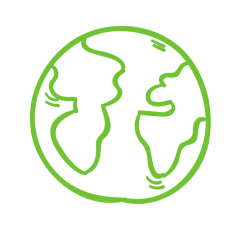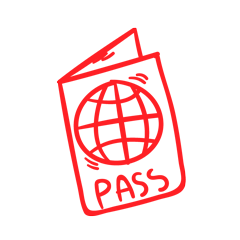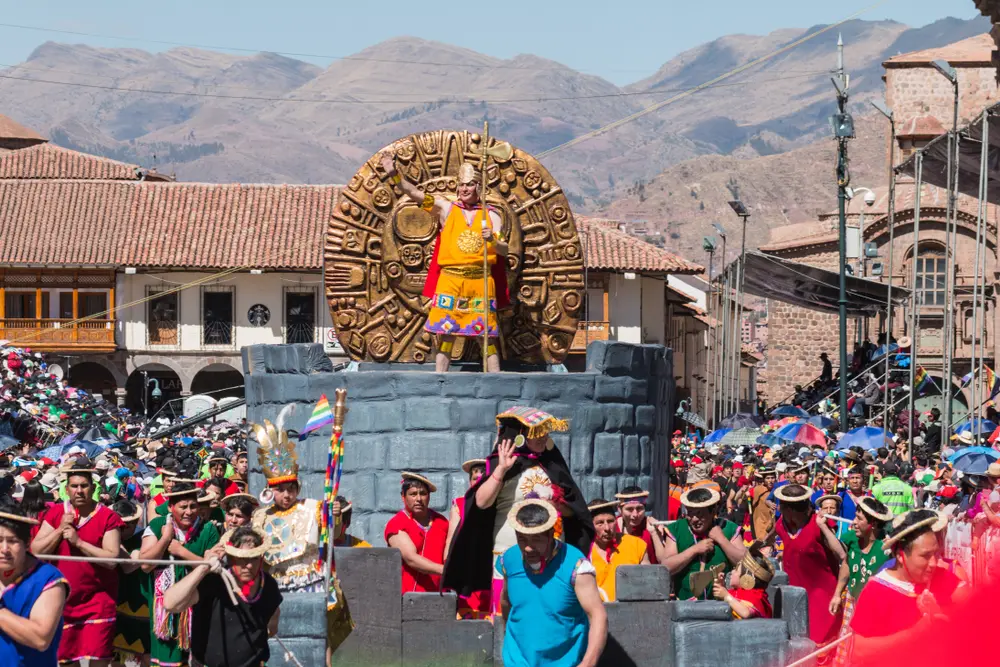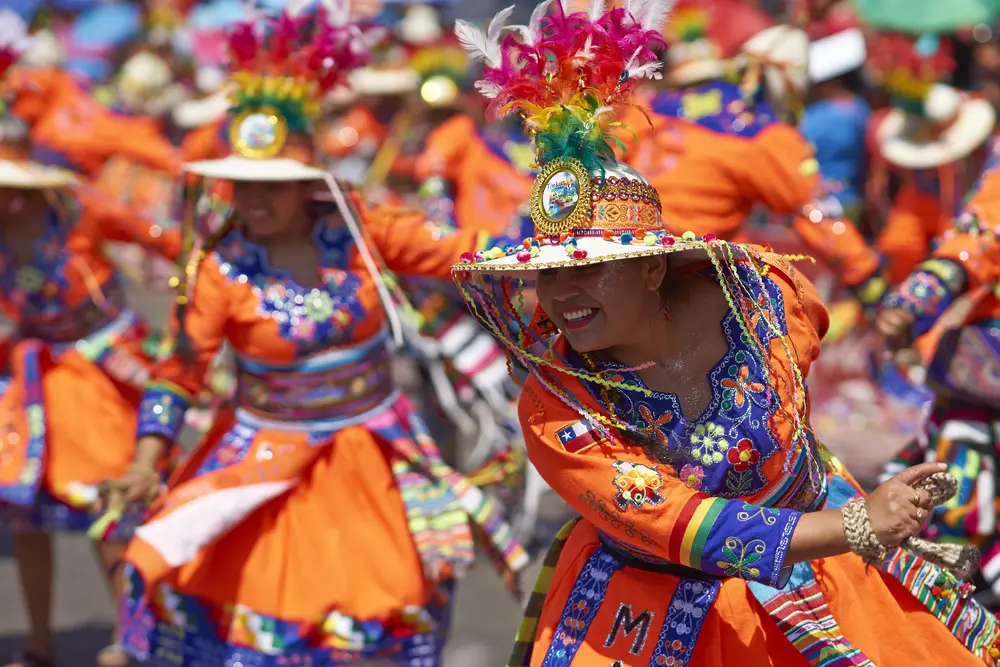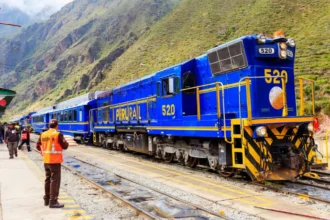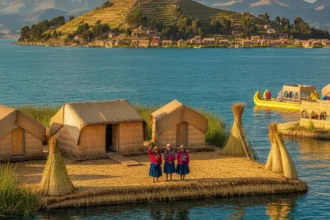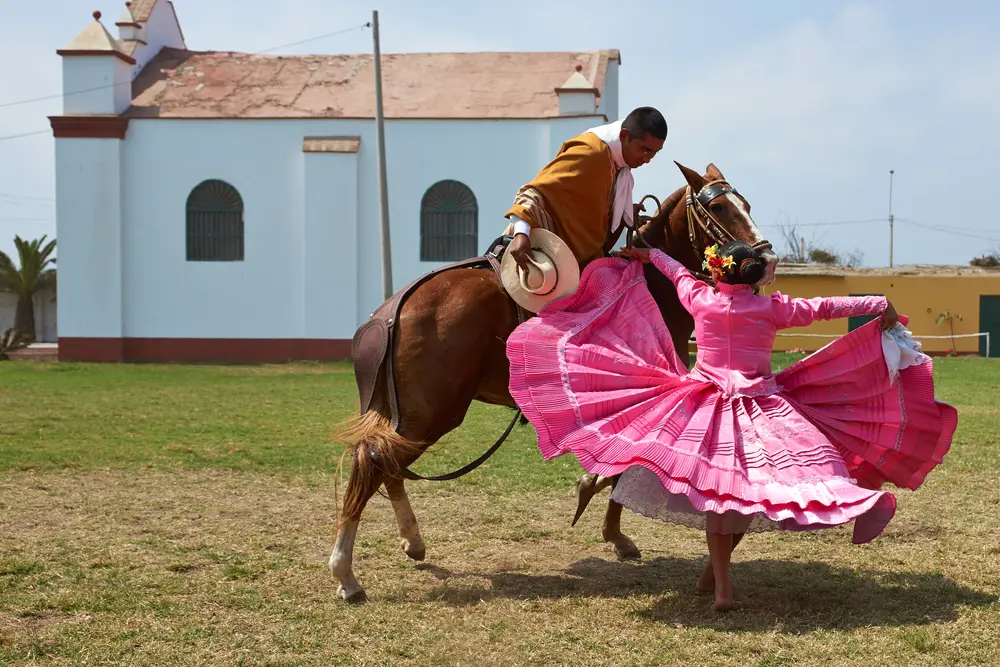Wondering the best time to visit Peru? Discover weather, seasons and festivals to plan your perfect trip.
Understanding Peru’s Diverse Climate
Peru’s geography is incredibly diverse, spanning the Pacific coast, the Andes mountains, and the Amazon rainforest. This means that weather conditions vary dramatically depending on where you go. While the highlands may be cool and rainy, the coast can be dry and sunny, and the Amazon hot and humid.
Instead of thinking in terms of four seasons, Peru’s climate is usually divided into two: dry season and rainy season. Knowing how these affect each region will help you decide when to travel and what to pack.
The Dry Season: May to September
The dry season, which runs from May to September, is the most popular time to visit Peru. Clear skies, cool nights, and warm days make it perfect for exploring the Andes and visiting Machu Picchu. Treks like the Inca Trail are at their best during these months, with stunning views and less mud along the paths.
However, because this is the peak tourist season, attractions can be crowded, and prices for flights and accommodations tend to be higher. Booking early is essential, especially if you want tickets to Machu Picchu or permits for popular hikes.
The Rainy Season: November to March
From November to March, much of Peru experiences heavy rainfall, particularly in the Andes and the Amazon. Trails can become slippery, and some routes may even close, including the Inca Trail in February. Despite this, the landscapes are lush and green, offering a very different kind of beauty.
The rainy season is also the low season, meaning fewer tourists and lower prices. If you don’t mind the weather, you’ll find quieter ruins, cheaper hotels, and a more relaxed travel experience. It’s a great time for those who want to avoid crowds.
Shoulder Months: April and October
For many travelers, the best times to visit Peru are the shoulder months—April and October. During these months, the weather is relatively dry, but crowds are smaller compared to peak season.
April offers blooming landscapes after the rainy season, while October brings warm days and clear skies before the peak crowds arrive. These months strike a balance between good weather, manageable prices, and fewer tourists.
Festivals and Cultural Events
Beyond weather, festivals can play a big role in choosing when to visit Peru. In June, Cusco celebrates Inti Raymi, the Festival of the Sun, one of the country’s most important cultural events. In February, Carnival fills towns and villages with colorful parades and water fights.
Semana Santa (Holy Week) in April is marked by elaborate processions, while November brings Todos los Santos (All Saints’ Day) with traditional foods and gatherings. Attending a festival gives travelers a deeper cultural experience that goes beyond sightseeing.
Choosing the Best Time for Your Travel Style
The “best time” to visit Peru depends on what you want from your trip. If you dream of trekking and clear mountain views, the dry season is ideal. If you prefer quieter ruins and budget-friendly travel, the rainy season may surprise you with its beauty. For a balance of both, shoulder months offer the perfect compromise.
Ultimately, Peru is a year-round destination. Whether you come for the landscapes, the history, or the culture, every season has something unique to offer. By aligning your itinerary with the weather and festivals, you’ll ensure an unforgettable journey.
Choosing the best time to visit Peru depends on what you want to experience. From the dry season, perfect for exploring Machu Picchu, to vibrant local festivals during the rainy months, our travel tips help you plan the ideal trip.
